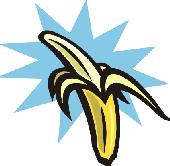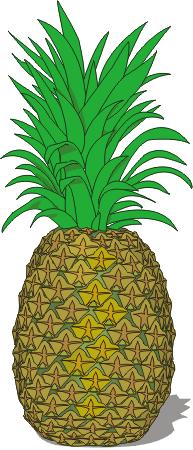Potassium
Definition
Potassium, along with calcium and sodium, is an
electrolyte (mineral salt) important to the human
nervous system, muscle function, fluid balance and heart,
kidney and adrenal functions. A
deficiency of potassium (hypokalemia) can manifest as
weakness, fatigue, confusion, heart
irregularities, and sometimes problems in muscular
coordination. Insufficient potassium can also
exaggerate the effects of sodium. The first sign of a
potassium deficiency is usually a
generalized weakness.
Most people get sufficient potassium in a reasonably
healthy diet -- one that includes fresh
fruits and vegetables and is low in sodium. Mineral
imbalances can occur from starvation diets,
but more commonly results from excessive fluid loss from
sweating, diarrhea, or the use of
diuretics and laxatives.
People who exercise heavily, and therefore sweat heavily,
have higher potassium needs; they may
need to take supplements to balance the electrolyte
levels, or to bulk up their menus with high
potassium foods.
On the other hand, people who suffer from some diseases,
including diabetes and renal (kidney)
failure can no longer metabolize minerals properly and
need to guard against getting too much in
their diet.
Since potassium has not been one of the nutritional
values required in food labeling, determining
the amount of dietary potassium has been more difficult
than, for example, sodium or fat content
in foods. This changed in November, 2000; effective in
the year 2001, potassium content will be
included in the labeling on food packaging.
|





